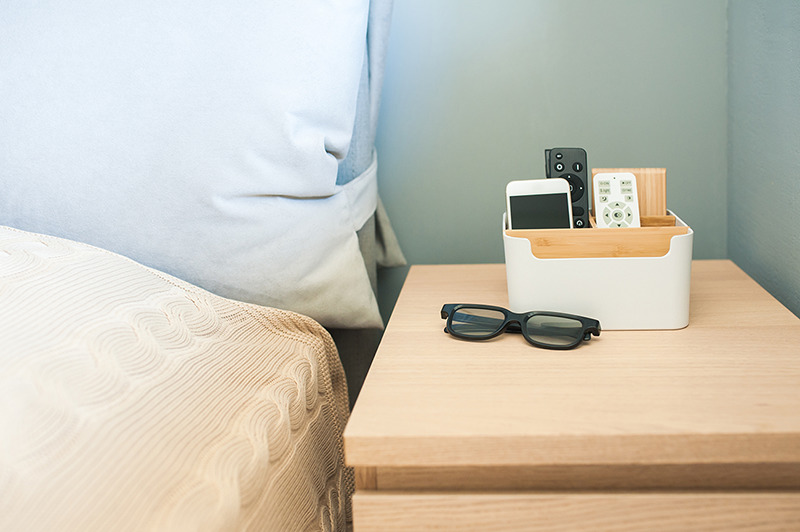
Making Bedrooms More Accessible
By David Slater, Ability Beyond’s Certified Aging in Place Specialist, (CAPS)
Bedrooms are where we head to relax, to unwind, and settle down from a long day. As a certified aging in place specialist with Ability Beyond, I know that bedrooms, which tend to be smaller and full of furniture can spell trouble for those with physical disabilities.
Here are ways to make your bedroom safer and more accessible to accommodate your needs:
- Remove excess, unused furniture to eliminate tripping hazards.
- Area rugs are also a major tripping hazard and should also be removed.
- Consider smart plugs and switches to manage electrical system from your bedside.
- A height- and motion-controlled bed will make entering and exiting your bed easier and more comfortable for those with any type of disability.
- Always have your phone and your call list at your bed side in case of an emergency.
- Declutter closets and consider installing universal design closet concepts with shelving and hanger systems put at a height that you can easily access without reaching or using a step stool.
- Consider smart window treatments that also can be controlled from the bedside.
- Install lever-handled locksets on closets and entry door for ease of use.
- Lower mirror and other bedroom wall decor so that the height of the focal point of the object is 60 ½ off the finished floor.
- Ensure bedroom furniture placement allows for clear pathways to the bathroom, closets, and room entrance doors.

